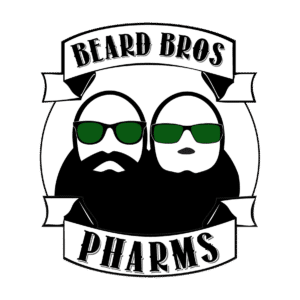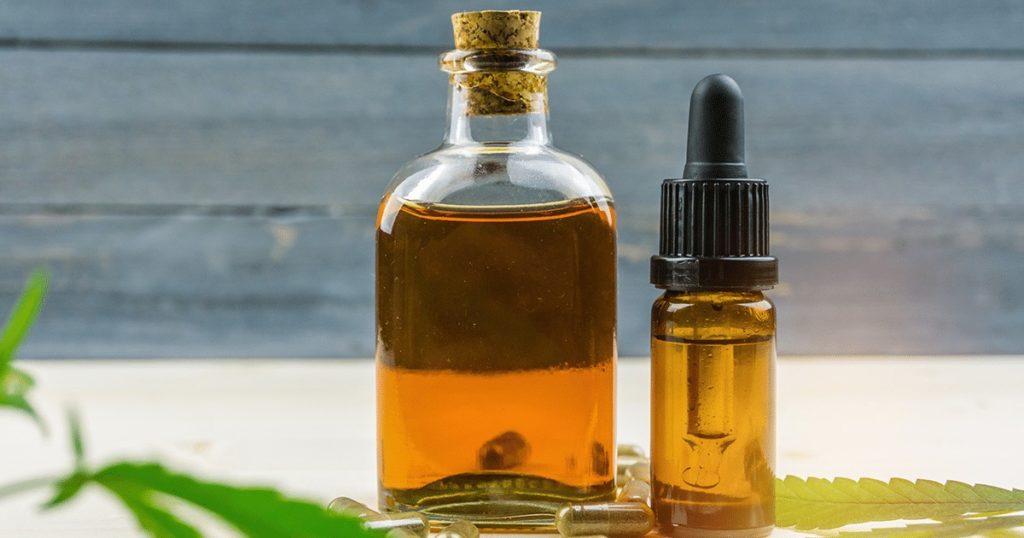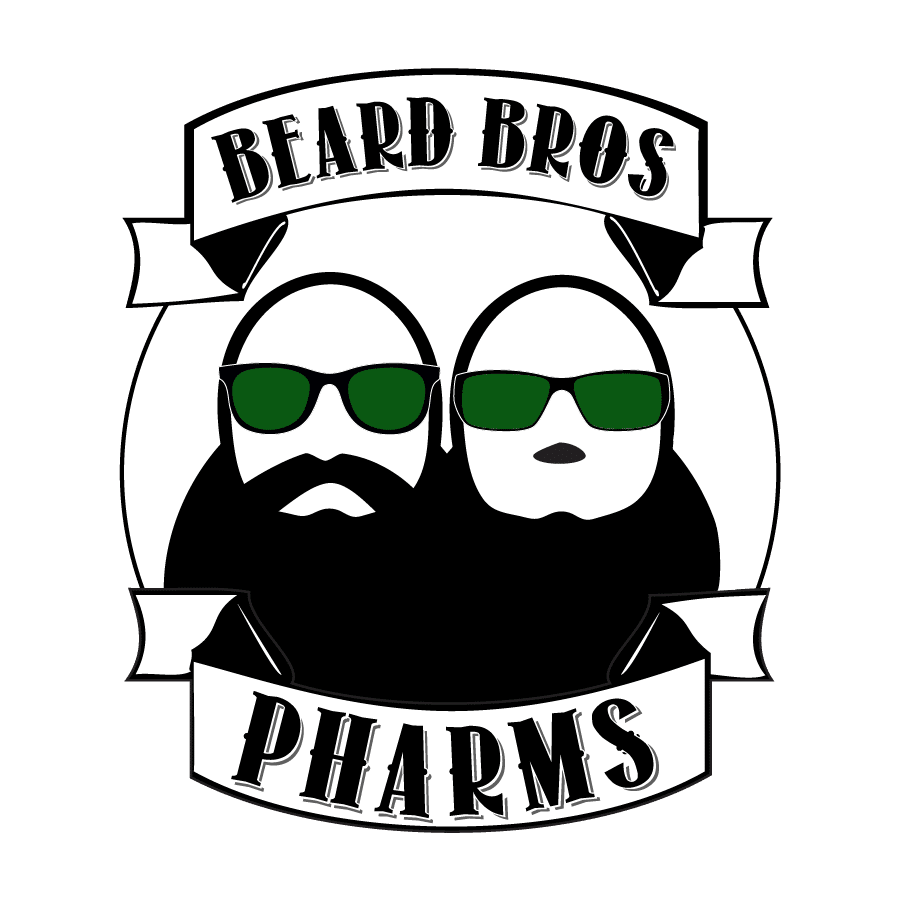Cannabinoid nanoemulsions have become increasingly popular, and consumers are looking for different ways to integrate them into their lives. Improved technology is also creating a growing selection base for consumers to choose from, and nanoemulsions are one of the most effective and popular methods of preparing cannabis to be ingested. However, there are two significant concerns that afflict the product category: sluggish onset time and inconsistent dosing of the active component. Many groups are promoting “water-soluble technology,” or “nanotechnology,” as a remedy. The vast majority of companies claiming to have water-soluble (or “water-compatible”) technologies are promoting nanoemulsions.
What Are Nanoemulsions?
In pharmaceutical systems, nanoemulsions are commonly employed due to their various advantages, including pharmacological, biological, and diagnostic agent delivery. The most common use of nanoemulsion is to cover up the unpleasant taste of greasy liquids. Drugs that are vulnerable to hydrolysis and oxidation may also be protected by nanoemulsion. Nanoemulsions are now widely employed for the targeted administration of anticancer medicines, photosensitizers, and therapeutic agents. They can also extend the duration of drug action. In general, all nanoemulsion formulations can be regarded as effective, safe, and bioavailable, according to the National Institute of Health. Nanoemulsion research and development will most likely continue in the future, as it is a promising field of research in pharmaceuticals.
Nanoemulsions In The Cannabis Industry
For cannabis products, its lipophilic nature lowers the bioavailability of edible cannabis products, and nanoemulsion can increase bioavailability without compromising integral physiological processes.
Nanoemulsion fabrication is a precarious operation: if anything in the mixture becomes destabilized, the benefits can be lost, so manufacturers must be careful. Any infused product can become safe, stable, strong, and delicious when THC or CBD is appropriately added. Without sacrificing quality, cannabis firms may create goods that appeal to a wide range of cannabis users, including health-conscious individuals who are less inclined to smoke or eat a brownie on a regular basis.
Learn more about the future of edibles in our blog here.
The Legality Of It All
Unfortunately for most organizations and consumers, a nanoemulsion can be destabilized by a variety of causes. Its newness in commercial use has also rendered most consumers and businesses ill-equipped to adequately implement nanoemulsified cannabis into their businesses and lives.
There is also a notable lack of regulations or standardized procedures dealing with the production, marketing, and sale of these cannabis products. Particle size, temperature stability, pH stability, compatibility with flavors or artificial sweeteners, and active ingredient degradation are all challenges that need to be addressed when creating nanoemulsion products, but there is no regulatory body providing companies with appropriate ranges or testing methods.
While nanoemulsion technology is safe and used by an abundance of pharmaceutical companies, the process of nanoemulsification in the cannabis industry specifically is unregulated and unmonitored. When individuals are able to create products at their own discretion, new problems arise. Marketing claims, safety profiles, and ingredients must be regulated so that there is market consistency. The cannabis industry is the Wild West of pharmaceuticals, and there are potential exploitations that consumers should be aware of.
Product manufacturers who are unfamiliar with the ins and outs of nanoemulsions could potentially compromise the product by using incompatible solvents like surfactants. The unstandardized nature of nanoemulsification processes can also create undesirable variability within the industry, individual product lines, and even unique products. One of the biggest benefits of nanoemulsification in pharmaceuticals is its ease of dosage: when production is inconsistent, these dosages could be significantly altered, leading to misappropriation of cannabis products and adverse side effects for consumers.
The sale of these products also requires more regulation on the part of governing bodies: advertisers and producers must be held to the same standards and responsibilities as other pharmaceutical companies.
There are no uniform criteria for product manufacture and testing in the United States because each cannabis market is different, leaving gaps in critical information for consumers. Making educated decisions about cannabis consumption should be easier thanks to technology and increased regulation, not harder. The lack of regulations for cannabis nanoemulsions reflects the narrow scope of requirements allegedly put in place to safeguard consumer safety. Producers and governing bodies must be held responsible for consumer safety.
Enjoyed that first hit? Come chill with us every week at the Friday Sesh for a freshly packed bowl of the week’s best cannabis news!
Most Popular News Posts
- Glassblowing is Not a Crime But That Wasn’t Always the Case – A Look Back at Operation Pipe Dreams
- A Brief 50,000 Year History of Our Relationship with Psilocybin Mushrooms
- How to Middleman a Goddamn Motherf*ckin’ Hemp Biomass Deal
- Study Uncovers Traces of Xanax in 72% of Blood Samples Yet We Still Have to Fight For Cannabis Rights




